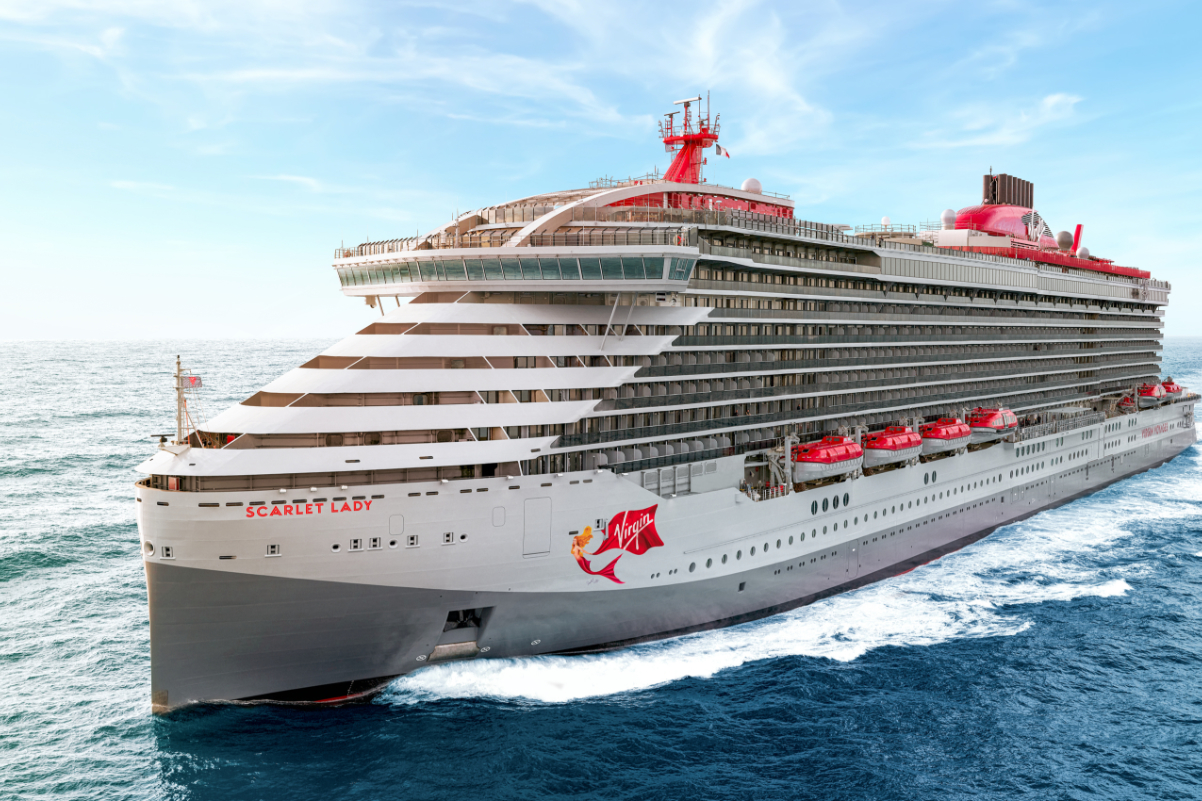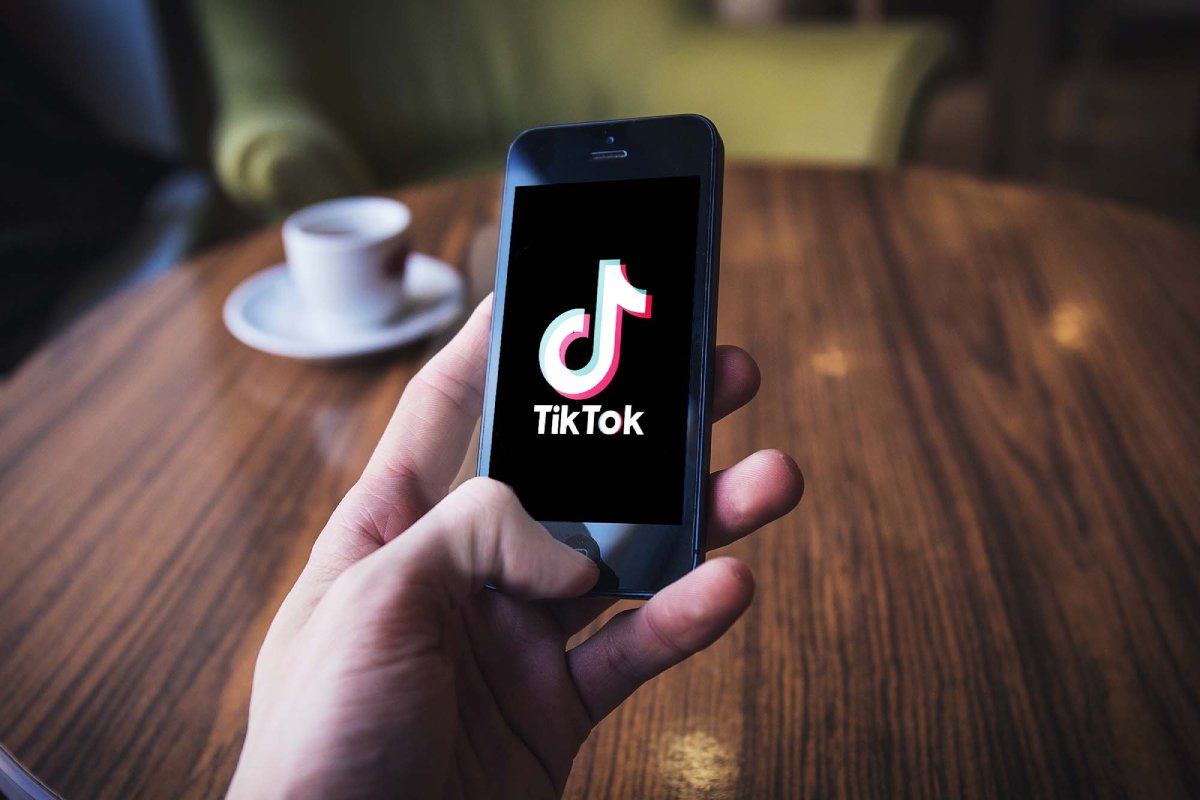Using the Power of Integrated Systems to Drive Next-Level Personalization

Skift Take
This sponsored content was created in collaboration with a Skift partner.
Travel brands are constantly touting innovation, but the reality of the industry is that, for many brands, data is siloed by department and is housed in disparate systems. Some of these systems are legacy systems that aren’t compatible with modern technology applications.
To customers, these challenges are irrelevant. They expect personalized and seamless service, no matter what brand they’re engaging with or which channel they are interacting through. Technology providers in the travel industry must rethink their solutions in order to unlock traveler data across departments and systems, which will enhance a brand’s ability to offer personalized service to all its customers.
During an onstage interview at Skift Global Forum 2019, Audrey Hendley, president of American Express Travel, noted that brands are connecting with their customers at earlier phases of the journey, such as the decision making stage. She cited the example of direct-to-consumer luggage brand Away. Typically a traveler would not turn to a luggage brand for inspiration on where to go or what to do on a trip. However, thanks to the kind of brand Away has built, and the content they create, customers now turn to the company for travel inspiration.
Farhan Mohammad, global head of travel and hospitality at Salesforce, agrees with Hendley. In an interview with SkiftX, he said, “Travel brands have to listen to customers and use the digital ‘bread crumbs’ they leave behind to engage them at the very beginning of their journey - starting from the inspiration phase. This ensures that you are connecting with the traveler as their trusted advisor for suggestions and expertise throughout their booking journey. That way, when they are finally ready to make a purchase in your category, you are top of mind.”
This requires three things from travel brands: First, the data should be accessible, even if it is housed in different systems and silos. Second, the travel brand should be able to generate actionable insights and predictions from the data. Third, the right teams should have access to those insights and predictions. “The challenge today is not that travel brands don’t have enough data, or that they can’t get the data. The technology is available today to expose this information. The challenge is that travel brands don’t know what to do with that data. Data is worthless if you cannot gather insights from it, and make it actionable,” said Mohammad.
To dive deeper into some of these challenges and solutions, SkiftX worked with Salesforce to look at how award winning airlines successfully integrate data across diverse systems and geographies.
“A company’s data is often siloed in different systems, so unlocking that data to create a single source of truth is what every travel brand is trying to get to. That 360-degree view of every customer is critical,” said Evan Stowers, principal for digital travel at Salesforce.
AirAsia’s data was siloed by geography. It has six call centers in different locations, and each centre had disparate web forms and platforms that weren’t integrated or compatible with each other. As a result, customers were often frustrated because cases were juggled between teams and response time to solve an issue was long.
Salesforce was able to integrate all customer communications from different channels into a single platform and ensure that data across systems were being analyzed to increase personalization. “Making our guests happy means placing customers and their needs at the center of everything we do,” said Tony Fernandes, group CEO of AirAsia. “Salesforce is the heart of this customer-obsessed approach as it gives us a complete view of our guests across all channels, allowing us to deliver a faster, more personalized service.”
At Cathay Pacific, Salesforce will unify sales, service, and marketing to deliver connected customer experiences across any channel, including email, social, digital advertising and more. Cathay Pacific is focused on 3 areas: acquiring new customers, personalizing all touch-points along the traveler's journey, and getting a complete 360-degree view of the members of its Marco Polo loyalty program.
"By adding Marketing Cloud, we enrich the understanding of our customers through enhanced engagement across channels and devices," said Leslie Lu, General Manager, Digital at Cathay Pacific. "The airline and travel industry is being disrupted, and we need to be ready for the customer of the future - the digital natives and those with a digitally-savvy mindset and accompanying expectations."
Whether in the business-to-business space or in the business-to-customer space, today’s travel brands must rethink the tools they are using to personalize the experiences they offer. Ultimately, true personalization must go beyond customizing offers in the context of a single transaction, a loyalty program, or a few trips here and there. The only way for travel brands to do that—and win long-term customer loyalty—is to integrate systems and data that personalize every aspect of their experience, even aspects that the brand is not directly involved in facilitating.
This content was created collaboratively by Salesforce and Skift’s branded content studio, SkiftX.




